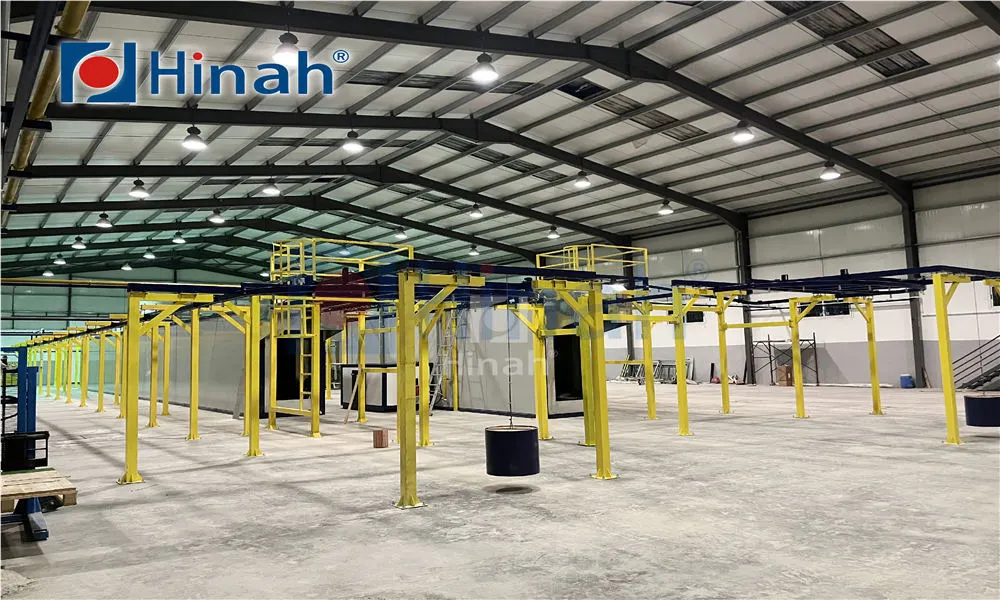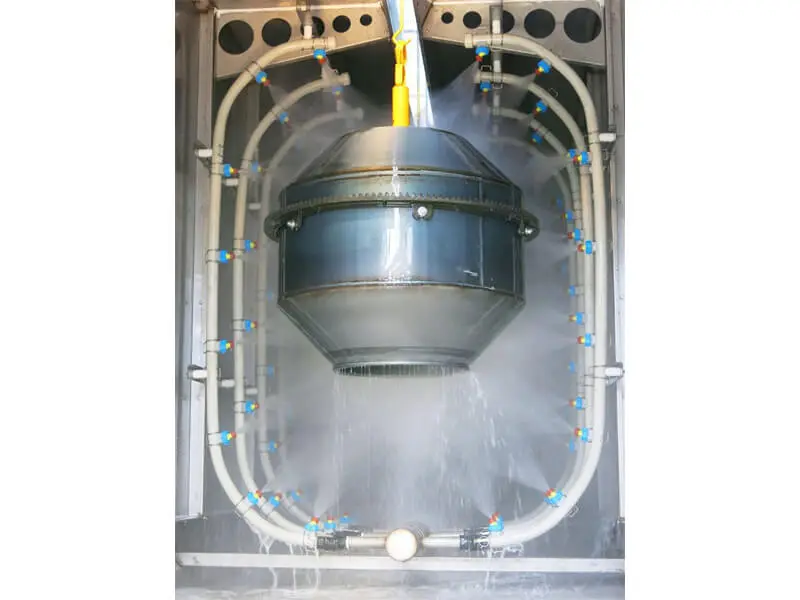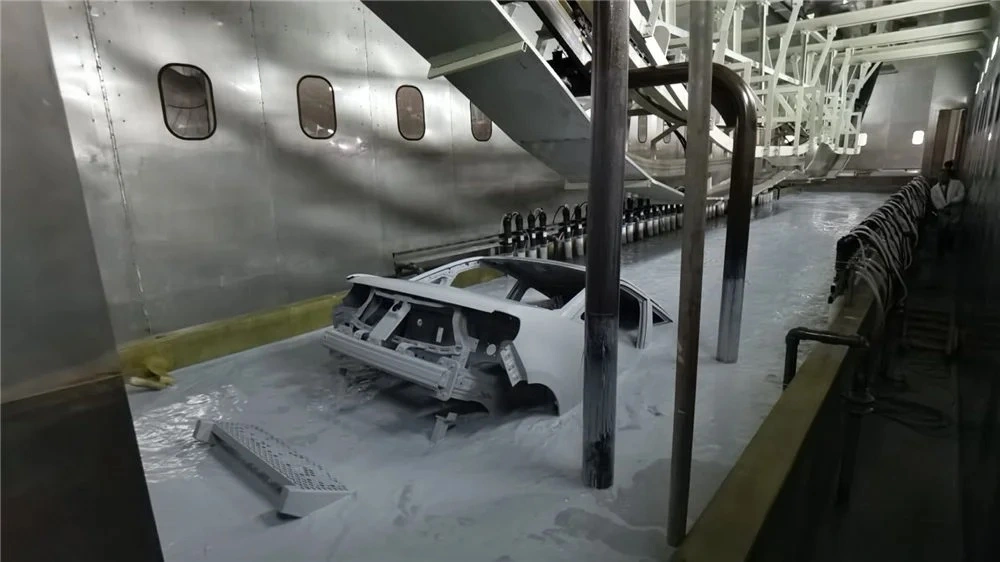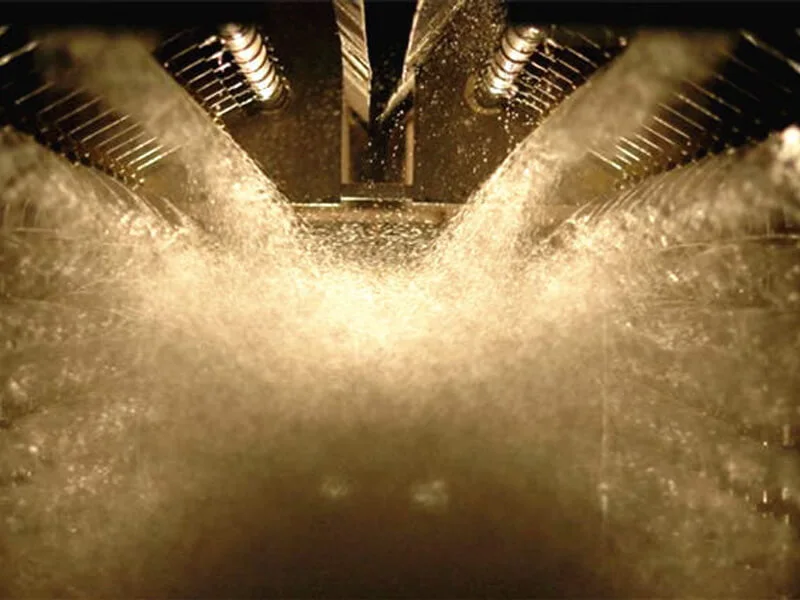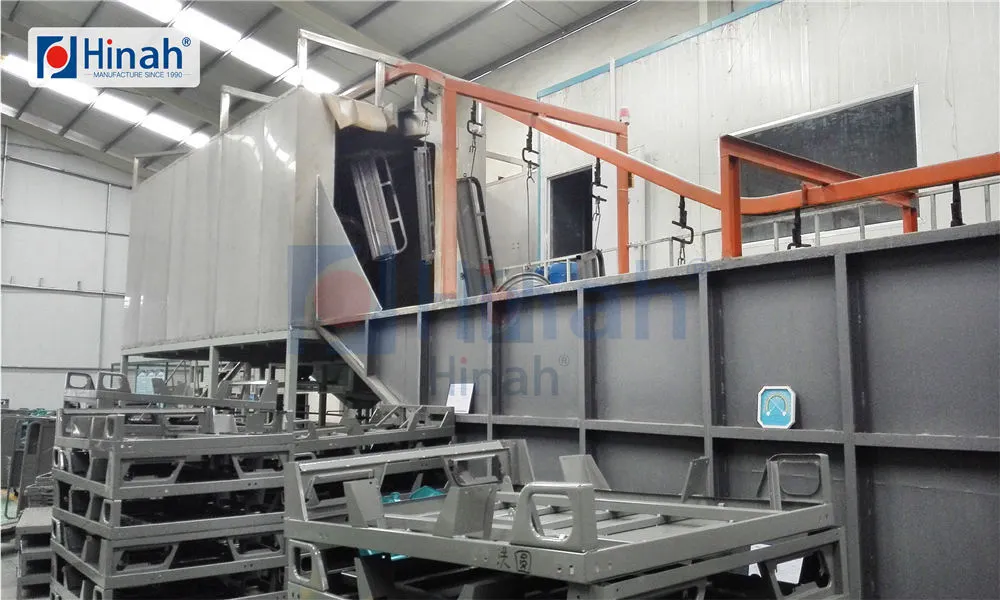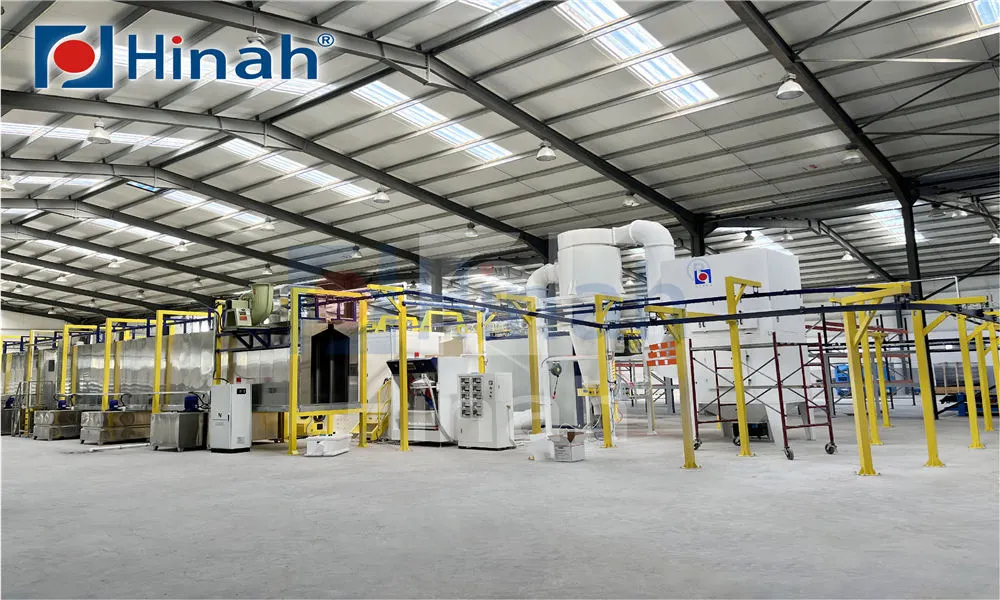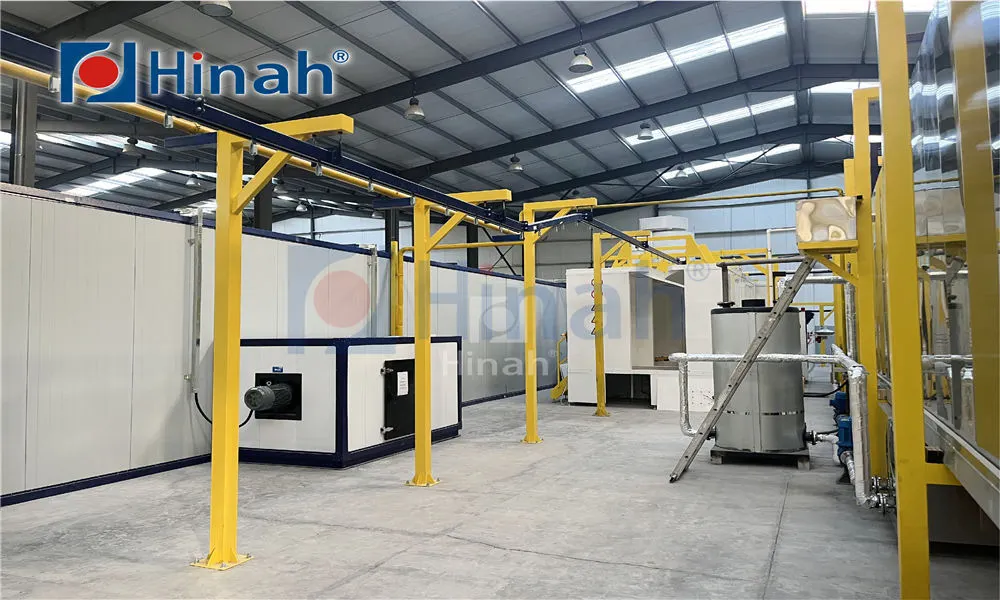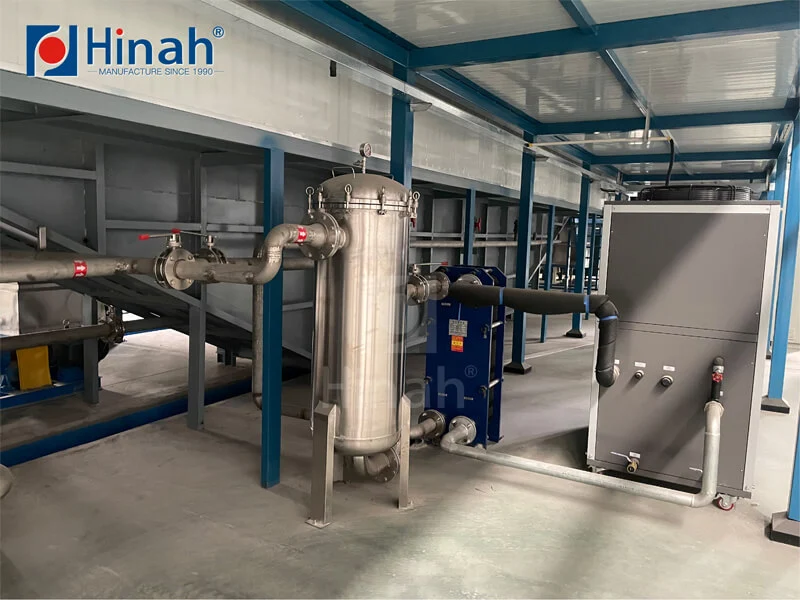If you're exploring the world of surface finishing, you've undoubtedly encountered the powder coating machine and oven. This powerful duo represents one of the most durable, efficient, and environmentally friendly methods for applying a high-quality finish to metal products. Whether you're a seasoned professional looking to upgrade your operation or a hobbyist starting a small workshop, understanding the components, costs, and options is crucial. This comprehensive guide will walk you through everything you need to know about selecting and operating a powder coating system, from compact setups to industrial-grade solutions.
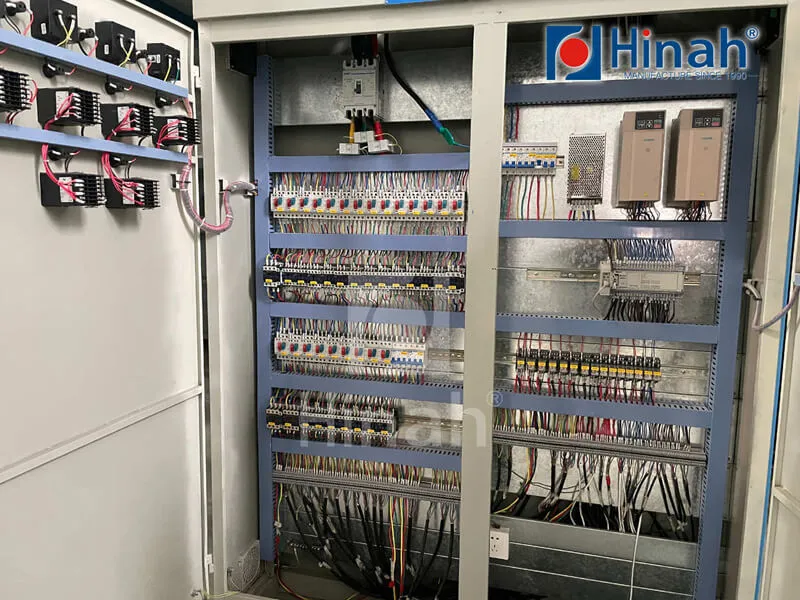
What is a Powder Coating System?
At its core, a powder coating system is an integrated setup designed to apply and cure dry powder onto a metal surface. The process involves two main components: the application equipment and the curing oven. The powder coating machine, typically an electrostatic spray gun, applies a positive electric charge to the powder particles, which are then attracted to the grounded metal part. This ensures an even and consistent coat. Once applied, the parts are transferred to the powder coating oven, where heat triggers a chemical reaction, causing the powder to melt, flow, and form a durable, smooth skin known as the "finish."
This process is superior to traditional liquid painting in many ways. It produces less hazardous waste, offers higher transfer efficiency (meaning more powder ends up on the part), and results in a thicker, more resilient coating that is resistant to chipping, scratching, and fading.
Key Components of a Complete Powder Coating System
A full powder coating system is more than just a gun and an oven. It's a carefully integrated process that can include:
Pre-treatment Stage: This involves cleaning and preparing the metal surface through washing, phosphating, or chromating to ensure optimal adhesion.
Application Booth: An enclosed space where the powder coating machine is used. It contains overspray and often includes a recovery system to recycle unused powder.
The Powder Spray Gun: The heart of the application process. Guns can be manual, automatic, or a combination of both.
Powder Feed Hopper: Stores the powder and fluidizes it with air, readying it for delivery to the spray gun.
Curing Oven: The powder coating oven is where the magic of cross-linking happens. Ovens can be convection-based, infrared, or a combination.
Material Handling: Conveyors, racks, and trolleys for moving parts through the entire process efficiently.
Exploring Your Oven Options: Electric vs. Gas
The powder coating oven is a critical investment, and the choice between energy sources is a major decision point.
Electric Powder Coating Ovens
Electric ovens use resistance heating elements to heat the air inside the insulated chamber. They are the most common type for smaller operations and shops due to their simplicity and relatively low upfront cost.
Pros: Clean operation (no combustion byproducts), precise temperature control, easier installation, and excellent for smaller batches.
Cons: Operating costs can be higher depending on local electricity rates, and heat-up times may be slower than gas alternatives.
Powder Coating Gas Oven
A powder coating gas oven utilizes natural gas or propane burners to generate heat, which is then circulated by fans. These are typically the go-to choice for high-volume, industrial applications.
Pros: Generally lower operating costs (gas is often cheaper than electricity), faster heat-up times, and more efficient for large, continuous runs.
Cons: Higher initial installation cost, requires proper ventilation for exhaust gases, and may have more complex control systems.
The choice between electric and a powder coating gas oven often boils down to your production volume, available utilities, and long-term operational budget.
The All-in-One Solution: Small Powder Coating Machine and Oven
For many startups, hobbyists, or businesses with limited space, a small powder coating machine and oven package is the perfect entry point. These compact systems are designed to handle smaller parts like automotive wheels, bicycle frames, hardware, and custom fabrication projects.
These packages often include:
A manual electrostatic powder gun.
A small bench-top or walk-in powder coating oven with a chamber size suitable for most small to medium-sized items.
A basic power supply and air filter.
Investing in a small powder coating machine and oven allows you to achieve professional results without the massive footprint and capital expenditure of an industrial system. It's an excellent way to validate a business idea or bring a high-quality finishing capability in-house.
Understanding Powder Coating Machine and Oven Price
The powder coating machine and oven price is understandably a primary concern for buyers. Prices can vary wildly based on size, features, automation level, and energy source. It's critical to think of this as an investment rather than just a cost.
Small/Hobbyist Systems: A basic small powder coating machine and oven setup can start from $3,000 to $8,000. This would typically include a manual gun, a small electric oven (e.g., 4' x 4' x 4'), and a cart for the gun.
Mid-Range Systems: For a more robust manual system with a larger electric oven (e.g., 4' x 4' x 8') and a better-quality gun, prices range from $10,000 to $30,000.
Industrial Systems: A full automated powder coating system with a pre-treatment wash, large conveyorized powder coating gas oven, and automatic guns can easily run from $100,000 to over $500,000.
When considering the powder coating machine and oven price, remember to factor in installation costs, utility upgrades (especially for a powder coating gas oven), and ongoing maintenance. Don't just choose the cheapest option; consider the quality of insulation, control accuracy, and durability, as these will impact your finish quality and long-term operating costs.
Common Problems and Solutions in Powder Coating
Even with the best equipment, issues can arise. Here are some common problems and their likely causes:
1. Orange Peel (Texture resembling an orange skin)
Cause: Incorrect film thickness, improper curing temperature or time, or poor powder formulation.
Solution: Verify oven temperature with an independent thermometer. Ensure parts are cured for the full recommended time at the correct metal temperature. Check the manufacturer's data sheet for the powder.
2. Poor Adhesion (Powder chips or peels off)
Cause: Inadequate surface preparation is the most common culprit. Contamination (oil, grease, rust) on the substrate or under-curing.
Solution: Review and improve your pre-treatment cleaning process. Confirm the powder coating oven is reaching and maintaining the proper temperature.
3. Pinholing (Small holes in the finish)
Cause: Outgassing from the substrate (moisture or gases escaping from welds or pores in cast metal) or applying the coating too thickly.
Solution: Properly pre-heat parts to drive out moisture and gases before coating. Apply a more even, recommended thickness of powder.
4. Back Ionization (A rough, cratered appearance)
Cause: Applying the powder too thickly or with too high voltage, causing an excessive build-up of charge that repels further powder.
Solution: Reduce the voltage on your powder coating machine and apply thinner, multiple coats if necessary.
5. Inconsistent Curing
Cause: Hot and cold spots within the powder coating oven, often due to poor airflow, inadequate insulation, or an undersized heater.
Solution: Use an oven thermometer to map the temperature inside the chamber. Ensure fans are working correctly for proper air circulation. For a DIY powder coating oven, check that insulation is sufficient and heating elements are evenly distributed.
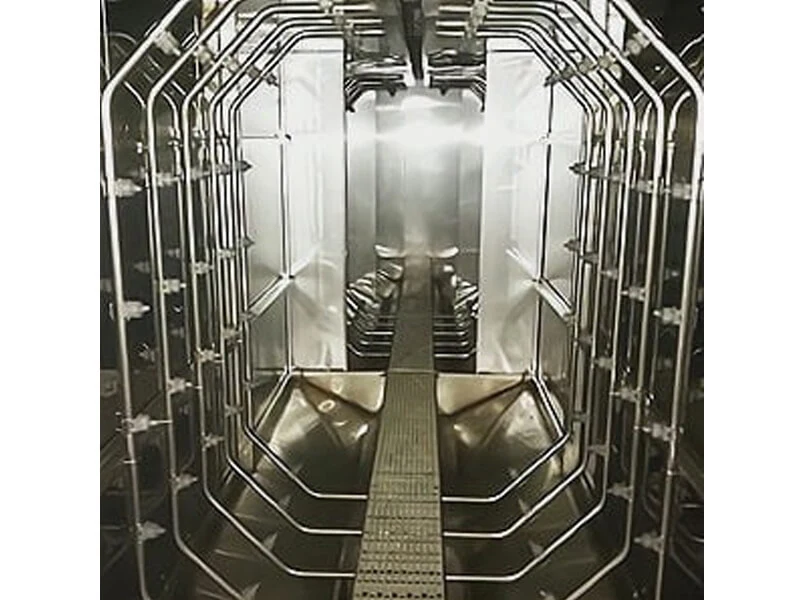
Choosing the Right System for Your Application
Selecting the ideal powder coating system requires careful analysis:
Part Size and Volume: What is the largest part you need to coat? How many parts will you process per day? This determines the size of your oven and booth.
Available Space: Do you have room for a conveyorized system, or will a batch oven suffice?
Available Utilities: Do you have access to natural gas for a powder coating gas oven, or is only electricity available?
Budget: Be realistic about the total powder coating machine and oven price, including installation and setup.
Future Growth: Choose a system that can handle a slight increase in volume so you don't immediately outgrow your investment.
Investing in a powder coating machine and oven is a significant step toward achieving superior, durable finishes. From a compact small powder coating machine and oven for a custom bike shop to a massive automated powder coating system for an automotive manufacturer, the technology is scalable and adaptable. By understanding the different types of equipment, like the efficient powder coating gas oven, accurately budgeting for the total powder coating machine and oven price, and being aware of common curing and application issues, you can make an informed decision that will boost your quality, efficiency, and profitability for years to come.


